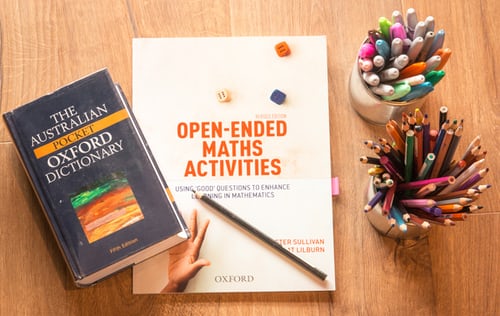课程快捷导航
当前位置:首页 > 托福频道 > GMAT培训 > GMAT写作精选范文,破解例题库(四)
发布时间:2020-07-16 关键词:GMAT写作精选范文,破解例题库(四)
摘要:
This winter, we will be studying the Analytical Writing Assessment (AWA)
task. Questions used are all from the Pool of Sample Topics available in the
Official Guide to the GMAT. Alert, some of the questions will look familiar when
you actually take the test.

Now, we will be reading the question:
「Brief Passage No. 48」
The following appeared in the editorial section of a local newspaper:
“The profitability of Croesus Company, recently restored to private ownership, is a clear indication that businesses fare better under private ownership than under public ownership.”
Since the first time we launched this GMAT AWA program, we have received questions about the length of a typical GMAT AWA essay. Today, the question will be answered as the following sample essay —its body— is of the typical length.
Introduction
略
Body
First, the author obviously omits to consider the multiple other factors that also decide whether a business fares well but only sees profitability. The many other factors include the business’s market share, brand awareness, and having a committed staff. However, those factors are automatically ruled out without proper explanation.
Second, the author assumes that Croesus Company’s profits are credited to the private ownership. This is a questionable assumption, since the restoration was recent and what actually contributed to the company’s profitability might have been before the restoration. In addition, it is not unlikely that the profitability of Croesus Company is not associated with the company’s ownership at all. Instead, the Croesus’s profits may have been produced by capable executives regardless of the ownership under which the company does business. Also, likely, it is the favorable conditions of the market, rather than the ownership, that has contributed to the company’s profitability.
In addition, the differences between businesses are not taken into the author’s consideration. Because of the disparities, private ownership may be helpful for Croesus Company as one company in one industry and unhelpful for other businesses, in the same industry or in other industries.
At the end of the argument, there is another dubious assumption that Croesus Company had been publicly owned before its recent restoration to the private ownership. However, if the company was jointly owned by both private owners and the public, as we call it mixed ownership, the author cannot safely draw the conclusion that private ownership is more favorable than public ownership.
(The body of this essay is 256 words in length.)


